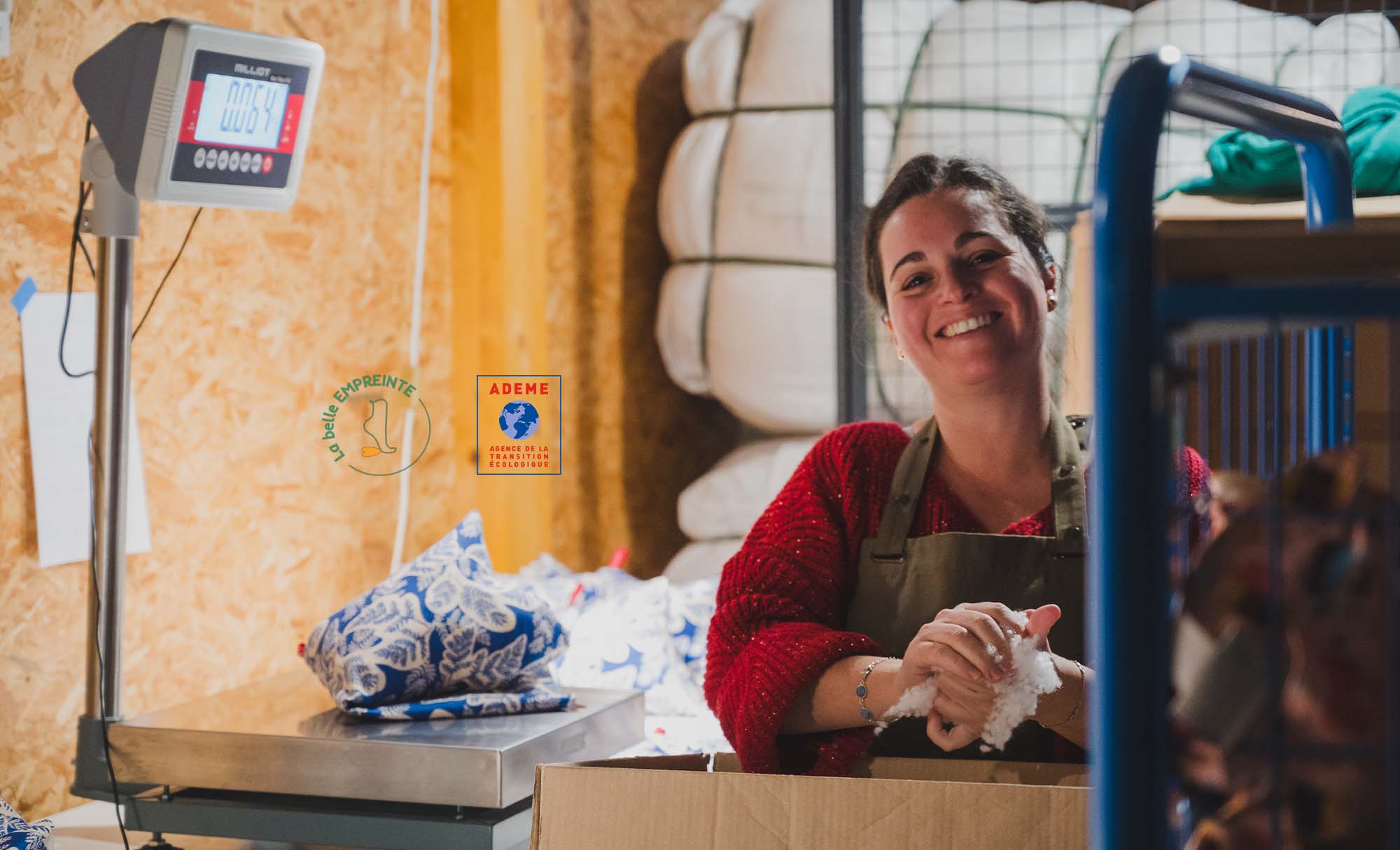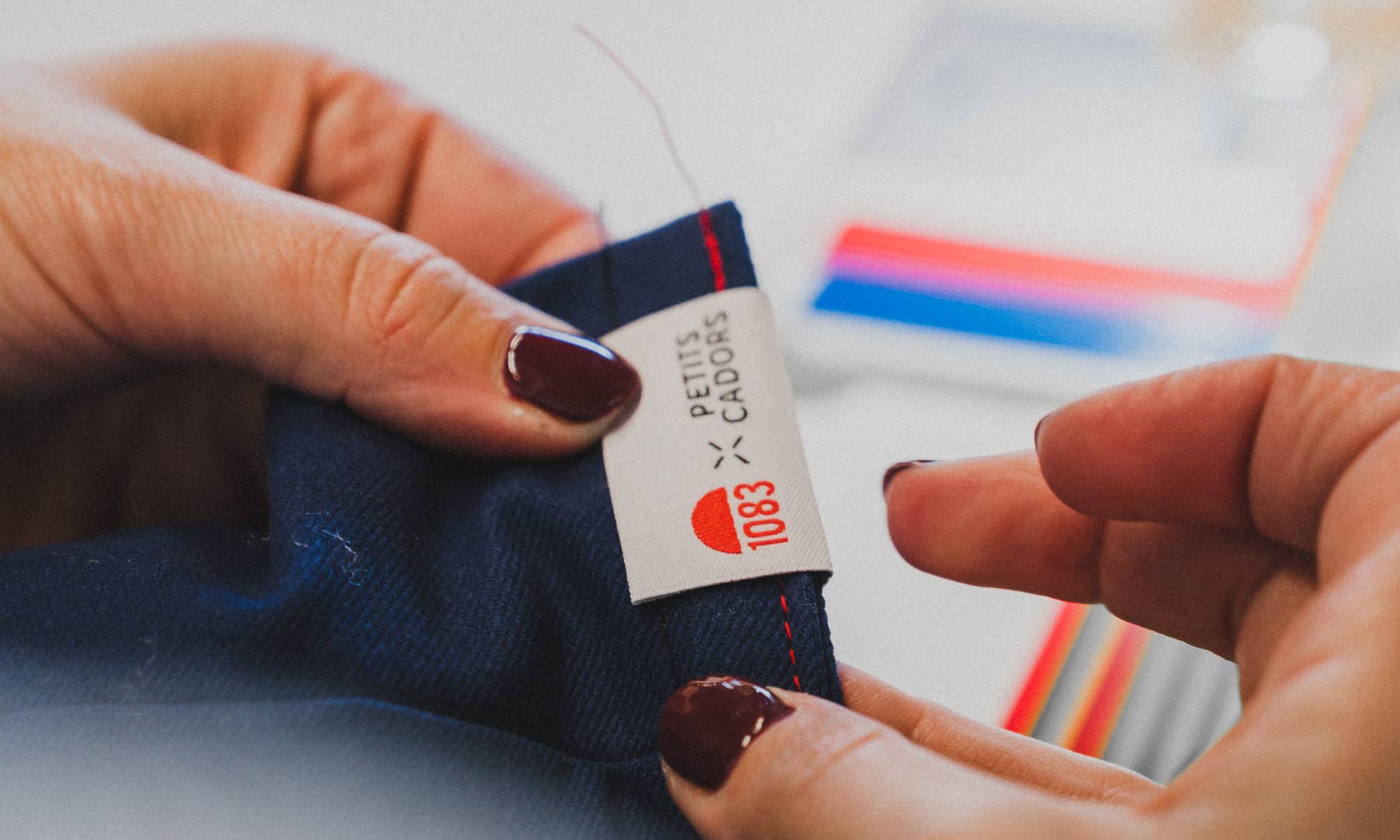
December 8, World Climate Day
At the start of 2024, we made an important decision: to launch training in environmental footprint, supported by ADEME, the Ecological Transition Agency .
A training course to help you understand the challenges facing manufacturers and e-retailers, and use a powerful calculation tool that prevents you from navigating blindly. Because, let's be honest, in this field, it's easy to fall into the traps of clichés and other cognitive biases. And you'll understand why it's exciting and why the future is taking shape now! Let me tell you all about it.

A BEAUTIFUL FOOTPRINT
When I started the training with labelleempreinte , what first struck me was that the subject wasn't the carbon footprint. At least not only. But the environmental footprint. And it's true that, when you really think about it, carbon is only one facet of the problem. Perhaps because it's the number one problem in the face of global warming and it's widely reported by the media, I myself had gotten into the habit of always talking about "carbon footprint."
However, the footprint of an object, particularly in the textile sector, goes far beyond carbon. It also affects water and air pollution. It also has a social dimension, through the treatment of employees in the workshops.
When you zoom out, you realize that environmental footprint is a much more accurate and comprehensive term for defining a product's impact on the environment. And changing the words also means changing your perspective. For me, this is a fundamental change.
THE LIFE CYCLE
Another major realization was the life cycle. What is it? It's simply the fact that the longer a product lasts, the smaller its carbon footprint. That's why a high-quality product, carefully crafted from solid materials, will have a much smaller environmental footprint than the same item made at a discount and with a very limited lifespan.
This is why you often hear "made in France" brands highlighting the quality of the product. If it's of good quality, it will last longer. If it lasts longer, its environmental footprint will be smaller (note that you'll also be a winner in terms of your wallet, you buy once instead of X times!).
Ultimately, the environmental footprint is like wine. It improves with age. 😂
A CALCULATION TOOL
This is the most important element of this training! Because let's be honest, without figures, it's completely impossible to know what we're doing, and without proof, all we can say is good intentions.
The strength of the environmental footprint calculation tool is that it integrates detailed data to establish a precise environmental footprint. Above all, the tool allows you to compare the footprint with that of a similar standard object. And this possibility of comparison changes everything! Because numbers are good but not always very meaningful. If I tell you that our ELLIPSE travel pillow has a carbon footprint of 2.6 kg, I imagine that means absolutely nothing to you. On the other hand, if I tell you that our ELLIPSE pillow has a footprint reduced by 70% compared to an equivalent standard product, admit that it is more meaningful! And at the same time, we can see that our product is already in line with the objective of the 2030 Agenda (UN program for ecological transition).💪

The calculation tool is truly the death knell for "bullshit" and other nonsense. With it, it's impossible to lie to yourself or ease your conscience with intuitions or imaginary explanations. The tool integrates all the data defining the product with a great degree of detail. For example, for each piece of fabric used, you must provide, in addition to its dimensions, weight, and composition, the place where the cotton was grown, the place where it was spun, weaved, and dyed (if applicable), and the finishing process. And this precision is fundamental.
STOP MOVING FORWARD IN THE DARK
Since the creation of Petits Cadors, 6 years ago, Muriel and I have intuitively made many decisions in favor of environmental protection.
Today, thanks to the calculation tool, we can finally navigate with a real compass. We can demonstrate and quantify our impact. We can also realize that we have made good decisions, such as using a filling made from recycled plastic . Even if this filling is three times more expensive than the same one made from new plastic, we now know thanks to the tool that its environmental footprint is much lower!
And that's not all, the calculation tool also has a powerful feature: it can directly indicate priority levers for further reducing the footprint. For Petits Cadors, for example, our priority will be fabric sourcing. This is where we can make a significant difference.
And it's important to know this to avoid getting lost in actions that we might think are important but are not at all! It's also a way to avoid making blah blah like "We're eco-responsible, we have paper packaging" when it can sometimes represent 0.01% of the product's overall footprint!
ECO-DESIGN
Finally, the calculation tool is also an eco-design tool. Why? Because when we are in a research and development phase, we can directly run simulations and compare the impact based on our possible choices. For example, directly comparing two fabrics from two different suppliers. Comparing two fabrics with different compositions, or even a fabric containing recycled cotton and another made from organic cotton.And it is precisely because we can now make comparisons on a real numerical basis that we will be able to continue to work with confidence, on solid foundations and continue to improve on this point which is so important to us.
For you, the customer, it is the assurance of buying products with a low footprint, without greenwashing, by simply consulting our product sheets which contain an informative insert on the environmental footprint of the product (this is already the case for ELLIPSE , TEODOR and DUOH! ).
Personally, I am very happy to have completed this training and I would like to thank the entire labelleempreinte team. I felt throughout the course that we are only at the beginning of a big change and that this is the future that is being played out, with theoretical knowledge on one side and precise calculation tools on the other. This is how and only how we will truly be able to implement a real ecological transition.
We are very proud to be part of this dynamic!






